Book a Lesson or a Class
The Story of Pilates
Pilates is a movement method conceived and developed by the German-American bodybuilder and inventor Joseph Hubertus Pilates that trains a body to move with efficiency so that its parts work together as one coordinated whole.
The Pilates method is probably based on calisthenics, which was a popular training method in the late 1800s and early 20th century, as Jospeh Pilates first developed his method as a way to keep himself active while living in the limited space of an English internment camp during the Great War, and then, after the war, to train police in his native Germany.*
Pilates came to America in the mid-1920s and set up shop on the lower west-side of Manhattan as a physical trainer. He found that the exercise method he had created in the internment camp was ideal for the limited living space that is part and parcel of living in a crowded city. At the same time, Pilates was concerned that the people he saw on the street and in his gym had difficulty controlling their own movements with ease and efficiency. They often moved awkwardly, with difficulty, and often with pain. Spines were stiff and misshapen. With these observations in mind, together with the belief that movement cures all ills, Pilates continued to develop his method, which he called “Contrology,” the study of the control of the body with the mind.
As Pilates helped people to move with greater ease and less pain, he added equipment to the method, for he had found that some of his clients needed to build strength before they could do his full exercise routine. Because Pilates was a New Yorker, he designed his equipment to be relatively compact and light and in some cases convertible into household furniture. The Cadillac, the largest piece of Pilates equipment, was designed to be converted into a bed, and the Chair was designed to be dining room or living room furniture while not being used as exercise equipment.
In the early years of his business, Joseph Pilates was lucky to have his gym located in the same building as George Balanchine’s School of American Ballet, which was then in its infancy. Balanchine’s dancers would occasionally develop injuries, and Balanchine would send them to Pilates for strength-training. In an age before sports medicine or even physical therapy, Pilates became known as the person who could save careers by rehabilitating dancers or enhance dance careers through injury prevention. At the same time, Pilates gained a following of clients who had jobs outside the theater and simply wanted an effective method of exercise.
Pilates developed Contrology over a period of six decades, and in each era produced disciples who took the method beyond New York’s west side and developed it further. Carola Trier, a dancer and early client, opened the first Contrology gym not owned by Pilates himself. Kathy Grant, a dancer and choreographer, studied under Pilates and Trier and went on to teach Pilates to dance students at NYU. Eve Gentry brought the method to Santa Fe. Ron Fletcher took it to California. Romana Kryzanowska kept the original gym going after Pilates died and preserved his original routines for mat and equipment.
*I am indebted to John Howard Steel’s book, “Caged Lion: Joseph Pilates and His Legacy” for the biographical information about the otherwise mysterious and legendary Joseph Pilates.
Photos (Public Domain)
Top: Joseph Pilates at 50
Center: Joseph Pilates teaching a mat class at Jacob’s Pillow dance retreat.
Bottom: Joseph Pilates about 80 years old.




